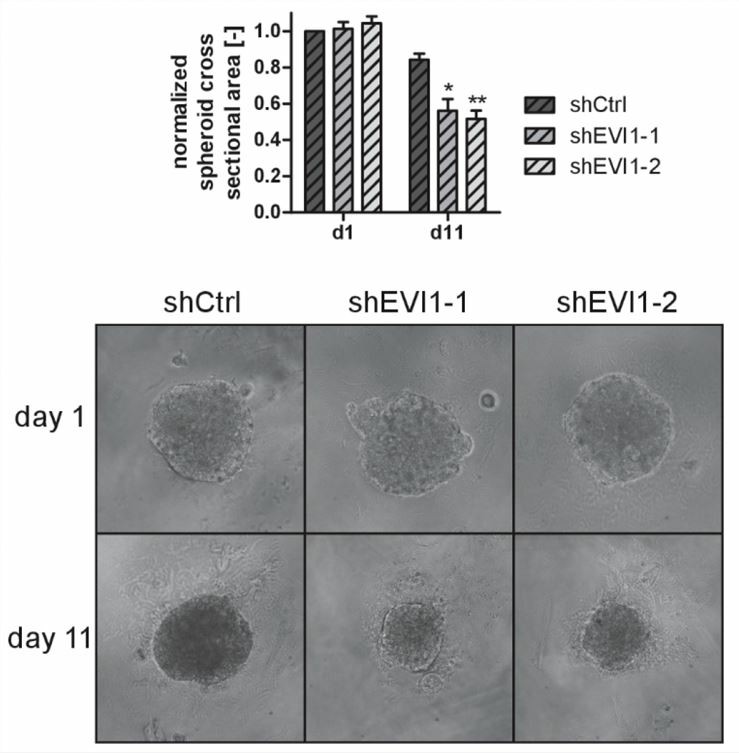MECOM and Associated Diseases
Creative Biolabs is a leading life science service provider. We provide various robust platforms for your projects related to gene therapy. Our well-trained and excellent scientists can design the optimal strategy and operate a full range of assay services to meet your demands.
Overview of MECOM
MDS1 and EVI1 complex locus protein EVI1 (MECOM, also known as EVI-1 or PRDM3) is a protein encoded by the MECOM gene located on chromosome 3 (3q26.2) in humans. The MECOM primarily exists in the nucleus as a soluble or DNA-bound form through conserved sequences of GACAAGATA. MECOM spans 60 kb, encodes 10 protein-coding exons, and the 145kDa isoform encoding 1051 amino acids is well studied. MECOM plays a conserved developmental role in embryogenesis and has the potential to interact with corepressors or coactivators of cell cycle genes in many signaling pathways.
MECOM in Disease
Overexpression or mutant of MECOM is associated with many human diseases such as chronic myelogenous leukemia, acute myelogenous leukemia, myelodysplastic syndrome, and cancer.
- Acute myelogenous leukemia
Upregulation of MECOM is associated with Acute myelogenous leukemia (AML). AML is a severe form of myelodysplastic syndrome (MDS) which is a hematopoietic disorder with typical characteristics of inefficient hematopoiesis and peripheral blood cytopenias. Recurrent translocations and inversions on chromosome 3q26 have been identified in AML and the breakpoints typically occur in the MECOM gene, which preferentially activates the expression of MECOM. In a mouse model, forced expression of MECOM will induce an MDS-like phenotype. The overexpression of MECOM results in poor outcomes in patients without chromosome abnormalities.
- Head and neck squamous cell carcinoma
MECOM is an oncogene in head and neck squamous cell carcinoma (HNSCC). HNSCC is the sixth most common malignancy in the world. In HNSCC, high MECOM expression is related to an increasing tendency to form lymph node metastases. Overexpression of MECOM in HNSCC cell lines promotes proliferation and migration and enhances the formation of tumor spheroid which will replace the endothelial cell layer. The knockdown of MECOM will reverse this phenomenon. Based on this, MECOM represents an oncogene in HNSCC and is a novel therapeutic target in HNSCC treatment.
 Fig.1 Knockdown of MECOM decreases the size of tumor spheroids. (Grandits, 2022)
Fig.1 Knockdown of MECOM decreases the size of tumor spheroids. (Grandits, 2022)
Creative Biolabs is a world-renowned trusted biotechnology company with many well-trained and excellent scientists. We have robust material control and supply chain management. With advanced technology and platforms in gene therapy, please feel free to contact us for more about your MECOM project.
Reference
- Grandits, A. M.; et al. EVI1 Promotes the Proliferation and Invasive Properties of Human Head and Neck Squamous Cell Carcinoma Cells. IJMS. 2022, 23: 1050. Distributed under Open Access license CC BY 4.0, without modification.
